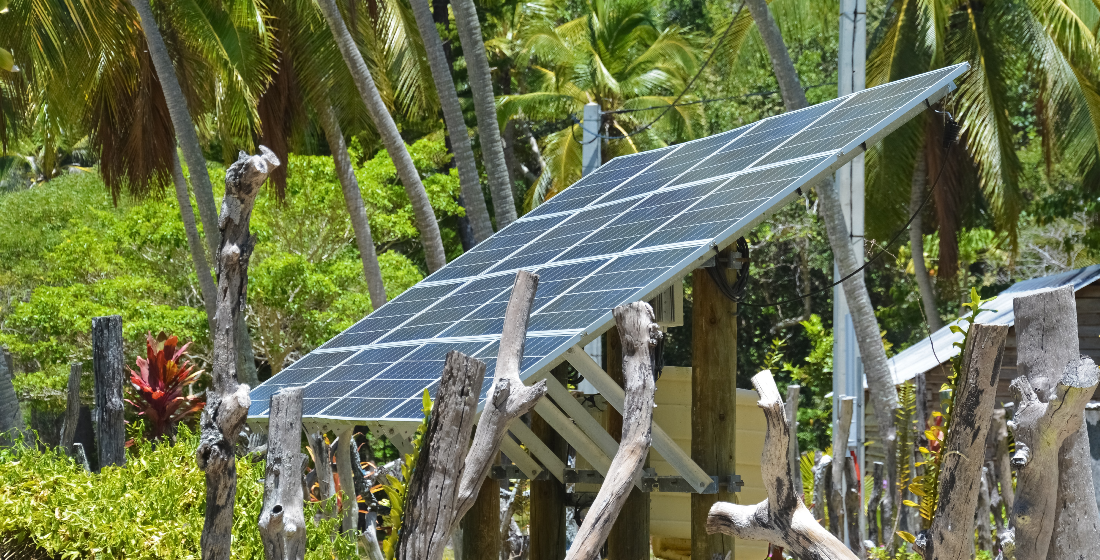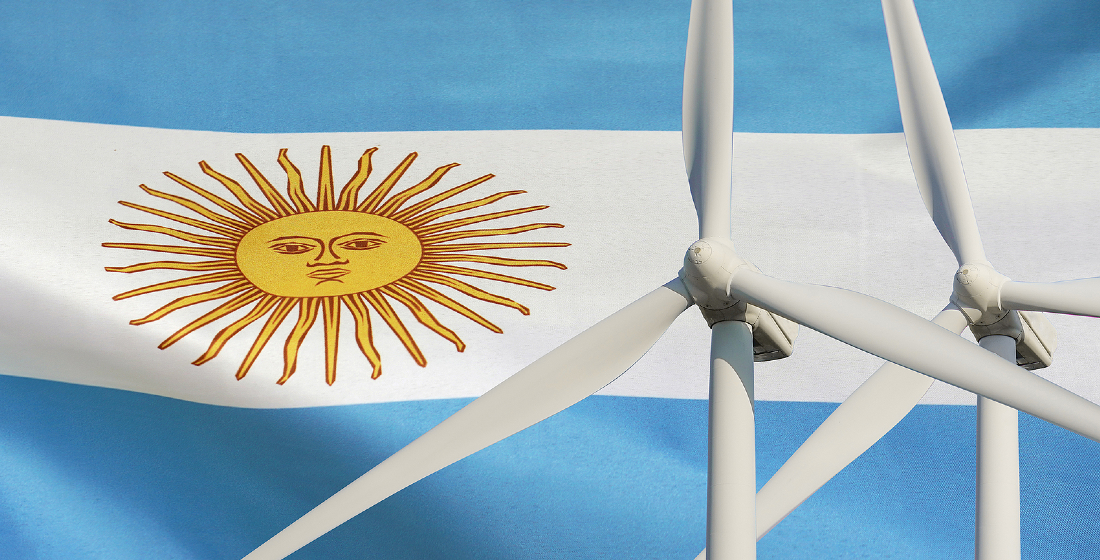SIMA’s ‘unprecedented’ relief fund to keep lights on across Africa and Asia
The Energy Access Relief Fund amassed a unique coalition of investors to help 100 energy access companies survive a liquidity crunch brought on by the Covid-19 pandemic

Last month, the Energy Access Relief Fund (EARF) successfully launched with a first close of $68 million and a target of over $80 million, aimed at protecting energy access for at least 20 million people in Sub-Saharan Africa and Asia.
The fund is the culmination of a groundbreaking partnership between 16 governments, foundations, and investors. Managed by Social Investment Managers and Advisors (SIMA), the EARF will provide relief capital in the form of short-term loans to around 100 African and Asian energy access companies that are struggling with disruptions caused by the Covid-19 pandemic.
“Access to clean, reliable, and affordable energy is essential in lifting communities out of poverty. We could see that the pandemic was adversely impacting those who were most vulnerable, and that we needed to take action. We couldn’t do it alone – it would take all of us,” said Jacqueline Novogratz, Acumen’s founder and CEO. “The launch of the EARF illustrates the power of partnership and moral imagination in a time of crisis.”
The energy access crisis
Broken supply chains, increased costs of solar components, and continued Covid lockdowns have crippled the energy access industry, which provides renewable energy solutions such as solar lanterns, household solar, mini-grids, and modern energy cooking equipment to customers in low-income and last-mile communities.
SIMA’s analysis of energy access companies eligible for relief funding across 50 countries indicates that 77% of potential borrowers require emergency financial assistance to stay afloat. Many companies are seeing reduced sales and collections, increasing cost of goods, limited cash reserves, and tightening funding resources. Without support, many companies may be forced to take drastic measures such as pausing operations, laying off staff, or permanently closing their doors, which would disrupt energy access for customers at a particularly difficult time.
The EARF is aimed at safeguarding gains made in the once-booming energy access sector. In the last decade, the industry has grown six-fold, providing 470 million people with energy access, employing more than 370,000 in green jobs, and avoiding 74 million tonnes of greenhouse gas emissions.
“When Covid hit, the clients of the energy access sector were largely the bottom-of-the-pyramid customers,” explains Arivazhagan GD, SIMA vice president, South Asia. “So once their economic support gets hit, they don’t have enough money to meet their typically weekly or fortnightly energy payments. So in order to preserve cash, because of all the economic uncertainty, these customers go back to burning wood and candles and so on. So essentially Covid has almost undone all the progress made in the sector over the last decade.”
But through some innovative financial structuring, the EARF aims to protect those social enterprises combating energy poverty in some of the world's most vulnerable communities.
Satisfying all risk appetites
The EARF represents a first-of-its-kind collaboration among major donors and investors for the energy access sector. The coalition includes Acumen, CDC Group, FMO, Green Climate Fund (GCF), IKEA Foundation, International Finance Corporation (IFC), Power Africa, Shell Foundation, Swedish International Development Cooperation Agency (SIDA), SIMA, Swiss Agency for Development and Cooperation (SDC), The Rockefeller Foundation, USAID, US Development Finance Corporation (DFC), UK Aid, and the World Bank.
“We have never seen a fund like this in the energy access space,” says Arivazhagan. “There has never been a relief fund that has accumulated as many investors as this, and in as big a variety – spanning governments, investors and multilaterals. It also differs from other funds, which are typically more commercial in nature, in that the investors will at most receive just a 1% coupon rather than the typical 5-7%. Additionally, the fund covers an unusually huge geography. All this together makes this fund truly unprecedented.”
The EARF aims to provide subordinated, low-interest debt to around 100 vulnerable companies. It has been designed to provide short-term, subordinated, unsecured, low-cost and subsidised loans to viable companies that are facing liquidity challenges due to Covid-19. SIMA intends to focus on small to mid-sized companies: its primary focus is expected to be on loans of less than $1 million, within a range of $50,000 to $2.5 million.
“When so many different types of investors come together, with so many different mandates, a new thing is born,” says Arivazhagan. “The multitalerals such as the World Bank and IFC all came together to provide a first-loss capital support, which aided bigger DFIs such as CDC, DFC and FMO to come in with large chunks of money. Without that first-loss support, those DFIs wouldn’t have come in. Also, Sweden’s SIDA has provided a guarantee through a very innovative structure that has provided subordination to the senior investors: CDC, DFC, FMO and Acumen. That way all these investors’ appetites are taken care of, because they all want to take on different levels of risk. So we’ve structured the fund in such a way so the risk returns are taken care of and, barring any serious losses, the fund will basically break even.”
The loans will come with interest rates ranging from two to five percent, with tenors of up to 3.5 years, says Arivazhagan. The interest is paid once every six months “so the companies have some breathing space”. Senior investors will receive a 1% return, but the others will just get their original capital back.
Since January 2021 – in advance of the first closing of the fund – SIMA has been providing loans to small and medium-sized borrowers, supported by several key donors.
“In the end, we got expressions of interest worth over $500 million from over 500 companies, so the demand was quite huge,” says Arivazhagan. “We’ve already underwritten 35 companies, so we’ve got another 65 to go. We’ve disbursed to 12 companies already and we expect to disburse to the other 23 in the next 30 days. We should have disbursed to all the 100 companies in the next four to six months. We’ll give the companies two years of principal moratorium, which should give them a good repayment buffer until the sector recovers after Covid.”
SIMA has come up with an innovative underwriting process so loans can be provided to the borrowers in the least possible time. The application process is designed to have two phases, in which the applicants are evaluated against eligibility and underwriting criteria.
“Any loan transaction you undertake, the legal agreement itself takes about three months,” explains Arivazhagan. “But in the EARF fund we’ve automated the process as much as possible, backed up by three to four levels of manual checks and due diligence and KYC etc. But the automation created a templated loans process that meant we were able to do loans within a six week period – as compared to three months. Because it’s a relief fund, we need the funds to go out as quickly as possible. At the end of all this, we hope this fund will have helped energy access companies across Asia and Sub-Saharan Africa to sail through these difficult times and come out the other side unscathed.”





